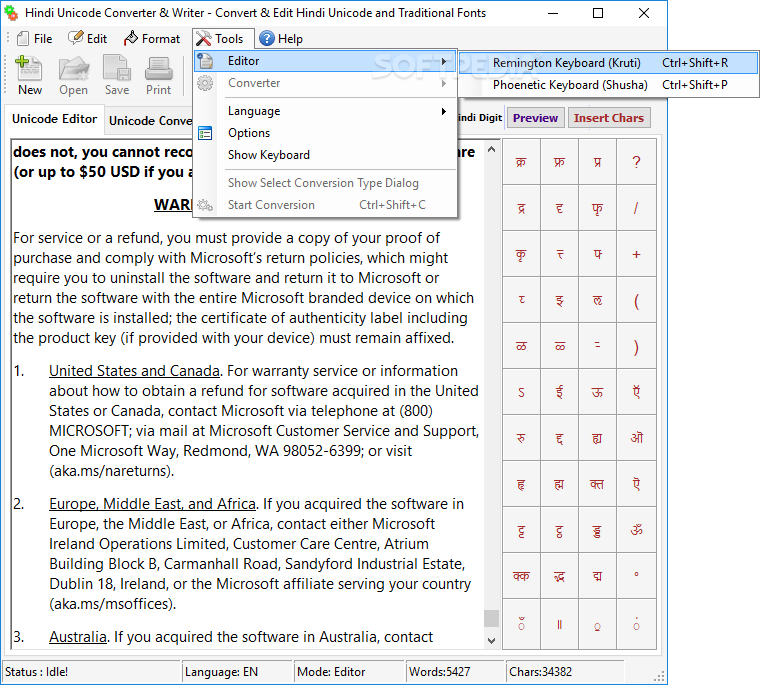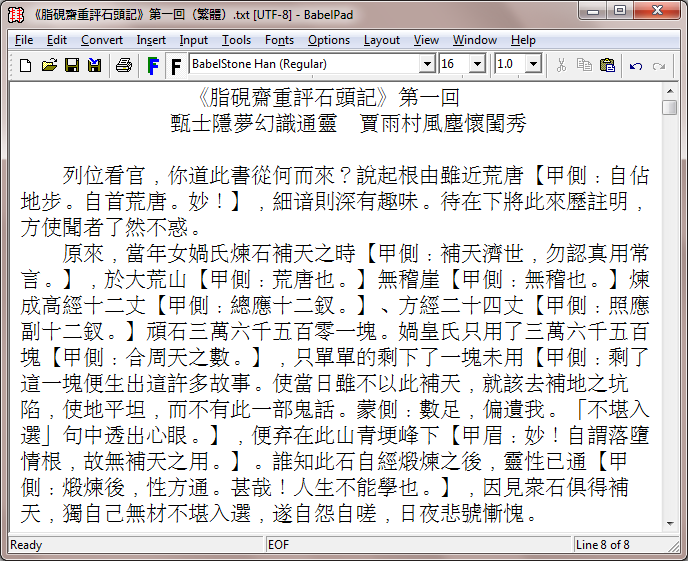Microsoft Word Unicode Converter Mongolian

Nov 16, 2014 - A Java/Windows/.NET conversion utility. Convert text, RTF, HTML, and Word/Excel/PowerPoint documents in Vietnamese legacy formats (VNI,.
Notes: • Many languages contain symbols that could not be condensed into the 256-characters Extended ACSII set. As such, there are ASCII and Unicode variations to encompass regional characters and symbols, see.
• If you have trouble entering the characters codes for the characters that you want, try using the. Inserting ASCII characters To insert an ASCII character, press and hold down ALT while typing the character code. For example, to insert the degree (º) symbol, press and hold down ALT while typing 0176 on the numeric keypad. You must use the numeric keypad to type the numbers, and not the keyboard.
Make sure that the NUM LOCK key is on if your keyboard requires it to type numbers on the numeric keypad. Inserting Unicode characters To insert a Unicode character, type the character code, press ALT, and then press X. For example, to type a dollar symbol ($), type 0024, press ALT, and then press X. For more Unicode character codes, see.
Martin HEIDEGGER. Download as PDF. Editionsplan 29/30 Die Grundbegriffe der Metaphysik. First published in German in 1938 as volume 29/30 of Heidegger's collected works, The Fundamental Concepts of Metaphysics includes an extended treatment of the history of metaphysics and an elaboration of a philosophy of life and nature. Pdf martin heidegger die grundbegriffe der metaphysik print.
Hello, Our users are experiencing a very discouraging issue in regards to how MS Word (in Windows) handles non-unicode characters. This issue is confirmed in both Word 2007 and the Word 2010 Beta using Windows XP SP3; I suspect it works the same way in 2003.

Issue: 1) A user creates a document using a non-unicode font, entering characters to represent scientific notations. For example, he enters a Mu (µ). Note: I pasted in a unicode-compliant Mu for reference. 2) The user opens his document and attempts to copy / paste this non-unicode character representing a Mu into a web browser for entry into our system. It pastes as an unrecognized character. This is expected. 3) The user opens his document, selects the non-unicode character and adjusts its font to 'Arial Unicode MS,' saving the document.
He closes / re-opens the document for good measure. Once re-opened, he copies what should be a unicode Mu and pastes it into the web browser. It is still represented as an unrecognized character. 4) The user creates a new document, sets the font to 'Arial Unciode MS' and creates a Mu. He copies this Mu into the web browser and it pastes over in Unicode, as expected. Conclusion: Word is not actually converting non-unicode characters into unicode characters when it should, when a unicode font is selected. Instead, it is taking a best-guess for display reasons but doing no actual conversion.
How do I overcome this problem? * Can I change some setting in Word to force a conversion? * Is there a 'cleaner' app or Word macro that will do this? * Other solutions?
Additional Notes: * Re-typing the affected documents using unicode is not an option * This is not an issue in Mac OS X using the most recent version of Word. A sample case such as in (3) results in a unicode Mu being pasted into the browser.